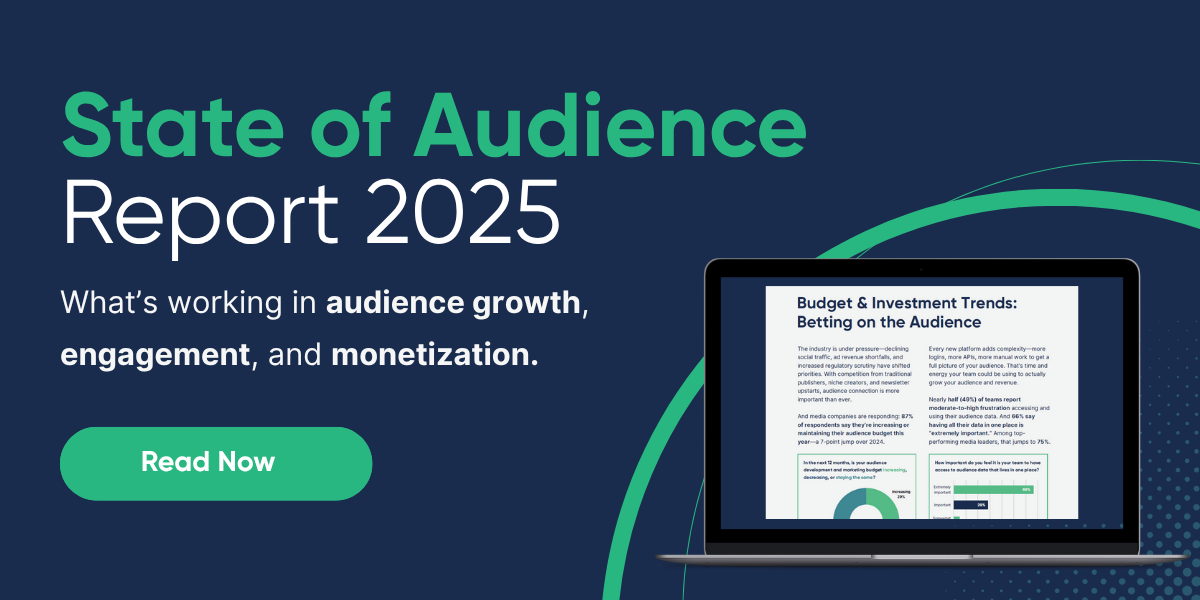Substack's conundrum
Are we sure this is a good business?

One of my sensible rules for life is if you’re invited to a party in Paris, you go. I happened to be here during what is apparently over 100 fashion weeks that take place during the year. The party, held in an 18th century mansion, was ostensibly to celebrate the 20th anniversary of Highsnobiety, the streetwear media brand. I found it a glimpse of the future of media. The party was filled with influencers, athletes and Very Cool Young People and sponsored by Ray-Ban Meta. Highsnobiety’s latest book, a thick tome on creative collaborations, was available, but the hot ticket was the A/R glasses.
Highsnobiety, now owned by European e-commerce giant Zalando, acted as the glue to give Meta a dose of cool it cannot get through Mark Zuckerberg’s stylist. The future of much of the media business is along these lines. Putting on good parties is a core competency now.

Biggest revenue gap in media? Untapped audience data

Most audience-driven businesses say data is their top competitive advantage. So why are only 9% actually using it well?
The State of Audience 2025 report uncovers the biggest gap in media today: The difference between having data—and actually doing something with it.
Read the report to learn how your peers are closing that gap and winning more revenue, retention, and results.
Substack’s conundrum
Substack is a consequential company in the rebooting, if you will, of media. It has emerged as shorthand for the decentralization of media. News that a prominent journalist like Derek Thompson is leaving The Atlantic for Substack is almost expected. The breakout success of Substack stars like Lenny Rachitsky, Helen Cox Richardson and Emily Sundberg is tangible evidence of its importance as one of the leading creator platforms of this next phase of media.
And yet, Substack is something of a frustrating company. It rose to prominence as an email newsletter platform, yet its email functionality isn’t great. It has poured resources into an app that’s still buggy – and uses its writers for distribution. Its monomaniacal focus on subscriptions as the only revenue stream it powers is nonsensical. It has yet to make strides in smart bundling that can get around the reality that people will only take out so many subscriptions. I would expect some kind of Substack One Max Pro Plus pass is inevitable.
And as a business, Substack has yet to prove that it's a great one. It was fitting that a Substacker, Eric Newcomer, reported Substack is returning to the capital markets to raise a round. This comes two years after Substack scrapped a funding round based on tepid demand and turned to passing around the hat to writers, of all people. Substack is still a relatively small business with just $45 million in revenue after raising over $80 million.
As Anonymous Banker put it in the next episode of People vs Algorithms, Substack’s proven itself as a culturally significant company that is not an operationally exceptional business. This isn’t helped by being in media, which investors sensibly do not view with much enthusiasm.



